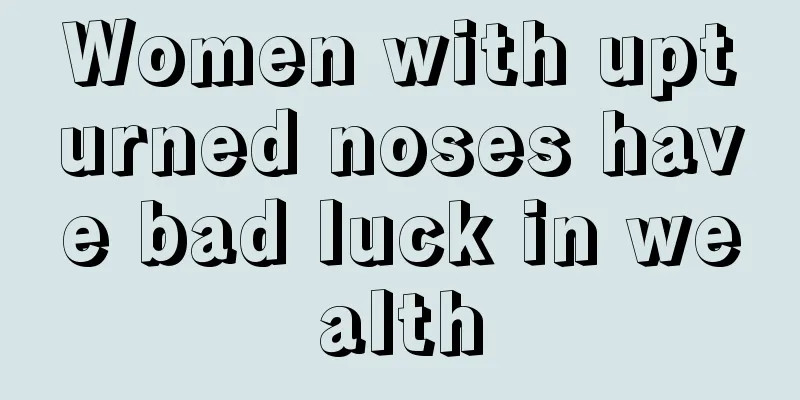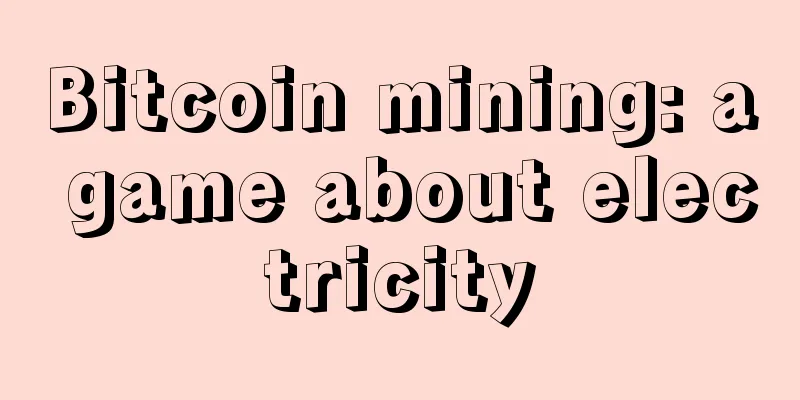Should Bitcoin be held or sold?

|
During an online exchange last weekend, when I was answering a reader's question about whether he would still keep 25% of his positions and never sell them, I talked about some different approaches I might take after this round of Bitcoin reaches its peak. This question was also asked by a reader at the end of the article these two days. In the last cycle, when the bull market was approaching madness, I mentioned in the article that I would take two measures: one is to sell at a high level, and the other is to keep at least (roughly) 20% to 30% of the positions without cashing them out and keep them forever. The reason why I kept part of my positions and never cashed them out was based on my long-term optimism about Bitcoin and Ethereum. This long-term refers to at least the next 10 to 20 years. The history of the past decade has left us with countless painful cases: most of the Bitcoin holders who got off the train halfway in the past few years have completely missed the century-long opportunity to cross classes that Bitcoin may bring them - most of them missed the bigger gains later because of the temptation of trading in waves. I am also worried that I will make the same mistake, but I also know that I may not be able to resist the temptation of trading in waves, so I set a rule for myself to always hold at least a portion of my positions. In previous articles, I have said more than once that after reading the books of predecessors such as Buffett, Munger and Fisher this year, I have a different understanding of the strategies of "holding long and not selling" and "buying low and selling high". "Holding for a long time and not selling" does not mean mechanically holding a target and never selling it, but it means that in many cases, according to the standards that these predecessors used to select those targets, there are actually not many opportunities to sell. "Buy low and sell high" is a price-driven behavior on the surface, but in essence it has a completely different thinking path. What many people call "buy low and sell high" is actually a decision made by investors based on predicting market trends. Countless cases have shown that, except for a few geniuses in human history, most investors cannot predict the market in a long-term, stable and accurate manner. Once a prediction is wrong, all the previous gains of investors may be lost. What about the “buy low and sell high” of these predecessors? Their "buy low, sell high" decision is not based on predictions of future market trends, but on their judgment of the "intrinsic value" of the targets they hold and then comparing it with the market price. We can use a simple example to clearly see the contrast between these two ideas. Let's say Apple stock is priced at $200 today. If you make predictions based on future market trends, you would do this: I estimate that the market will fall tomorrow, so I will sell Apple today; I estimate that the market will rise tomorrow, so I will buy Apple today. If we compare Apple's intrinsic value to its price, we would do the following: I estimate that Apple’s actual value is now $500, so I will buy it today; I estimate that Apple’s actual value is now $50, so I will sell it today. If we think about Bitcoin in the same way as these predecessors, then my core logic should be to estimate the "intrinsic value" of Bitcoin, and then compare this value with the price to derive my operating method. The specific idea is probably like this: As I said before, I am optimistic about the development of Bitcoin in the next 10 years at least, so my fundamental starting point is to estimate the value of Bitcoin based on a 10-year period. If I estimate that the "value" of Bitcoin will reach $300,000 per coin in 10 years, then there is no need to sell it at $100,000 today. Moreover, in these 10 years, even if you consider leaving a safety margin, Bitcoins below $200,000 are cheap and worth buying. According to this idea, theoretically, as long as Bitcoin does not reach $300,000 in the next 10 years, I should hold it instead of selling it. So putting aside emotions, it is very clear what I should do rationally. But I know that my habitual thinking may make it difficult for me to accept this idea in a short period of time, so I can try to change my habits little by little - starting from this cycle. |
<<: Dogecoin follows “classic chart principles” suggesting Dogecoin will rise by more than 1,000%
>>: SEC Chairman is sued. In the future, will it be safe to issue coins and tax-free?
Recommend
What kind of face does a woman have bad luck?
We all desire to be a blessed person, and a perso...
Mole Encyclopedia: The Influence of Moles on Life
Mole Encyclopedia: The Influence of Moles on Life...
What is the meaning of philtrum? How to read philtrum? Fortune telling by philtrum. Illustration of philtrum.
What’s up with the philtrum? When we observe the ...
Physiognomy: The best partner on the road to wealth
Physiognomy: The best partner on the road to weal...
The Silent Revolution: Bitcoin and International Remittances
Editor's note: John Biggs is a New York-based...
The main force's intention is obvious, beware of the risk of tail market
Author | Hashipi Analysis Team...
Your face shows your character
Your face shows your character 1. Face shape When...
Explanation and analysis of women’s hump noses, interpretation of women’s personalities and destiny!
Among the five facial features, the nose represen...
Analysis of nose in facial features
The nose, located in the center of the face, is a...
What your nail shape tells you about your personality and health
Nails, like fingers, reveal a person's charac...
What does it mean when a man has a short wisdom line: a gangster’s palm!
What does it mean if a man has a short wisdom lin...
Analysis of destiny through the eyes of women
Analysis of destiny through the eyes of women 1. ...
Bitcoin demand continues to rise in India as cash reserve shortage drives up demand for Bitcoin
Golden Finance News - Recently, some members of t...
Bitmain launches ANTBOX mobile mining farm integrated solution
Recently, the first offline exchange meeting of t...
Piper Sandler rates Coinbase stock as “overweight”
Investment firm Piper Sandler has given Nasdaq-li...









